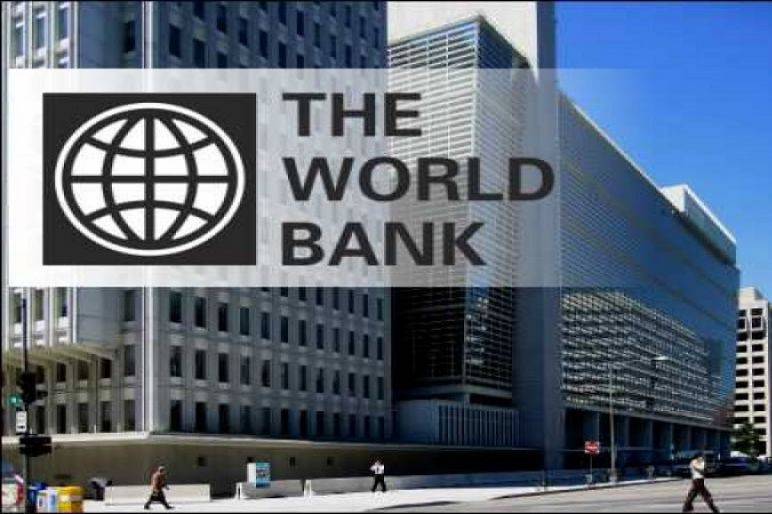Inconsistent reporting poses additional risk for poorest countries
At a time when sovereign debt in the poorest countries has surged to dangerously high levels, global and country-by-country systems for tracking it are proving to be inadequate. These gaps make it harder to assess debt sustainability and for over-indebted countries to restructure debt promptly and generate a durable economic recovery, according to a new World Bank report.
The report, Debt Transparency in Developing Economies, marks the first comprehensive assessment of the global and national systems for monitoring sovereign debt. It finds that debt surveillance today depends on a patchwork of databases with different standards and definitions and different degrees of reliability, cobbled together by various organisations. Such inconsistencies lead to large variations in publicly available tallies of debt in low-income economies—the equivalent of as much as 30% of a country’s GDP, in some instances.
“The poorest countries will emerge from the COVID-19 pandemic with the largest debt burdens in the last few decades, but limited debt transparency will delay critical debt reconciliation and restructuring,” said World Bank Group President David Malpass.
“Improving debt transparency requires a sound public debt-management legal framework, integrated debt recording and management systems, and improvements in the global debt monitoring. International financial institutions, debtors, creditors, and other stakeholders, such as credit-rating agencies and civil society, all have a key role to play in fostering debt transparency.”
The study finds that 40% of low-income countries have not published any data about their sovereign debt for more than two years — and that many of those that do publish it tend to limit the information to central government debt. Many developing countries are relying increasingly on resource-backed loans — in which governments secure financing by putting up future revenue streams as collateral. Resource-backed loans accounted for nearly 10% of new borrowing in Sub-Saharan Africa between 2004 and 2018. More than 15 countries have such debt, but none provide details on the collateral arrangements.
Central banks are also using monetary-policy tools, such as repos and swaps, to facilitate government borrowing from foreign creditors. But such borrowing is neither clearly identified in the central banks’ balance sheets nor captured in the databases of international financial institutions. Domestic debt markets in the poorest economies are also opaque: the report finds that just 41% of these economies use market-based auctions as the main channel to issue domestic debt. And those that use auctions divulge only spotty information to investors.
The World Bank Group has long considered debt transparency a crucial step in countries’ development process, because transparency facilitates new investments, improves accountability, and helps reduce corruption. The bank’s global Debtor Reporting System remains the single most important source of verifiable information on the external debt of low- and middle-income countries.
All countries that borrow from the World Bank — more than 100 — are required to report details of external debt owed by any public agency. Also, the World Bank’s Sustainable Development Finance Policy (SDFP) incentivises IDA-eligible countries to implement concrete performance and policy actions (PPAs) to enhance debt transparency, fiscal sustainability, and debt management.
Achieving effective debt surveillance will not be easy — but it can be done. The report lays out a detailed list of recommendations, ranked in order of urgency. Prominent among them: publishing public and publicly guaranteed debt statistics annually; encouraging coordinated data collection and reporting; and instituting integrated debt recording and management systems that align with international standards.
(FT)

